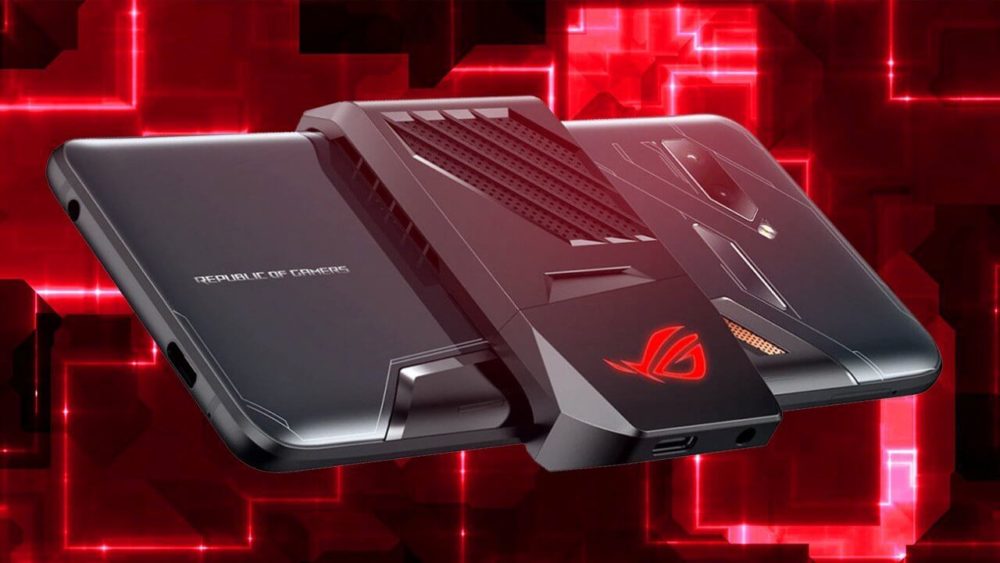Google’s Android is an operating system that has been doing just great since it was first announced back in the year 2007 and Android has released several updates since then. After Android 4.0 Ice Cream Sandwich, Android 5.0 Lollipop is the big update that Android has seen. The Lollipop update has many great features and feels future when taking a glance at the OS.
Android 5.0 Lollipop was first previewed at the Google I/O developer conference that took place in June this year. It’s been a long time and since that day, all the Android fans have been waiting for the newer version to come out. Nexus 6 and Nexus 9 are the first two devices that have the Android 5.0 Lollipop OS. Google launched the Nexus 6 and the Nexus 9 along with the Nexus Player this month and they will soon launch worldwide ion some days.
Let’s have a look at the new features that has been added to the Android 5.0 Lollipop update:
Material Design:
The biggest change to the Android 5.0 Lollipop update is the Material Design. Material Design is a completely revamped user interface that will unite the tablets and smartphone experience across all devices. Material Design has grid-based layouts, responsive transitions and responsive animations. The Material Design has focused on effects like the shadows and lightings which provide a different user experience. The Android 5.0 Lollipop is fast and fluid with its new Material Design; it looks cleaner and is more colorful now.
Material Design pushes the User Experience a step further by making it the new category of Paper and Ink based theory that gives you a depth of understanding the UI much better. The cleaner and responsive touch and the feel of a fast fluid transitions and animations makes it more user friendly. The Status bar icons are now changed and have some new icons. The quick settings menu is totally revamped and now there you will find more important stuff like the flashlight, hotspot, cast screen controls and more.
The task manager is now changed and the transitions have changed to the stack of cards, previously it was like the apps in the task manager use to looks like the screenshots for running apps. Google has aimed for a UI that should be more responsive, colorful, fluid and fast with real shadows and lightning animations.






